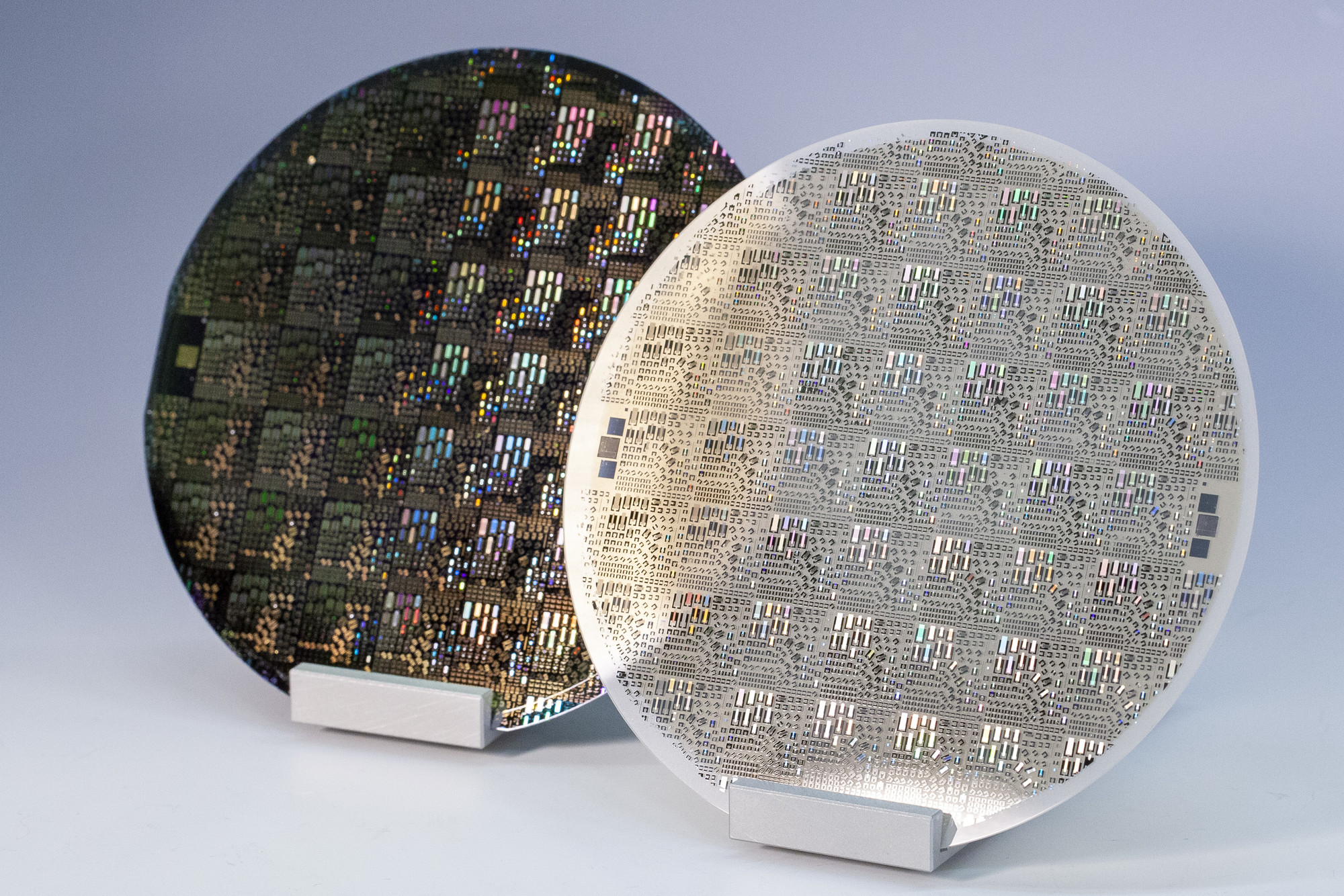Sensors and Sensor Systems
AlScN – Alternative material for more efficient smartphone hardware
In order to cope with the constantly growing mobile data traffic, new mobile phone standards such as 5G are being implemented. These occupy more and higher frequency ranges.

To enable devices to reach these frequencies, the requirements for radio frequency (RF) components are increasing. Fraunhofer IAF has developed more compact and energy-efficient RF filters with high bandwidths for this purpose. In the course of the "PiTrans" project, it has been possible to use aluminum scandium nitride (AlScN) to create electroacoustic components for smartphones that meet these requirements.
AlScN is one of the most promising materials to replace aluminum nitride (AlN), which is used in conventional RF filters of mobile phones. By adding scandium (Sc) to AlN, the electromechanical coupling and the piezoelectric coefficient of the material is increased, allowing a more efficient conversion of mechanical to electrical energy. This in turn allows the development of significantly more efficient RF devices. Up to now, the instability of the piezoelectric AlScN crystal phase has been an obstacle to the industrial use of the material, since segregation of Wurtzite-type AlN and cubic ScN usually occurs during growth.
In the course of the project, the researchers have now succeeded in growing highly crystalline AlScN layers with different Sc fractions of up to 41 %. A good homogeneity of the layers was achieved over the entire silicon wafer (Si) with a diameter of up to 200 mm, which also meets the requirements of industrial production.
Last modified: